Green Mosquito: [Characteristics, Detection, Effects and Treatment]
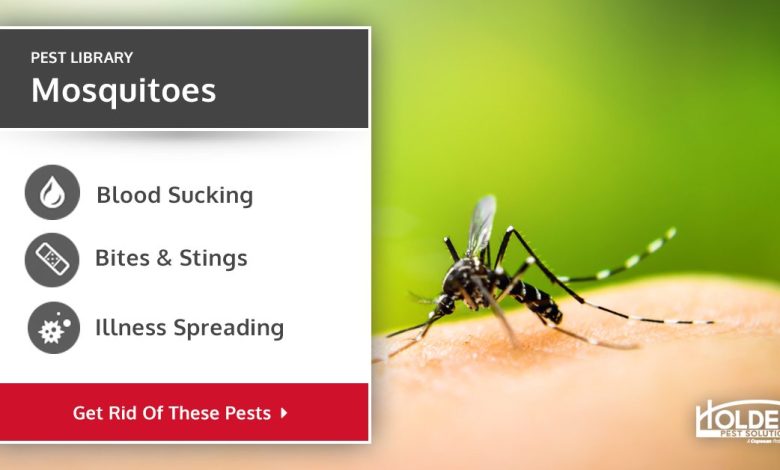
What is the green mosquito?
 With the scientific name Empoasca vitis, the green mosquito is a scourge of crops, especially those of the Vine, very easy to recognize due to its characteristic green color and elongated shape.
With the scientific name Empoasca vitis, the green mosquito is a scourge of crops, especially those of the Vine, very easy to recognize due to its characteristic green color and elongated shape.
They are leafhoppers that belong to the Hemiptera of the Membracoidea superfamily, commonly known by the names of green parakeets, leafhoppers and leafhoppers.
They focus on the leaves, on which whitish or reddish spots appear that undermine everything from the edges until they cause necrosis in the advanced stage of the disease.
These spots, by the way, in the case of fruit trees of affected citrus varieties, can spread to the bark.The wounds caused by these insects to plants are the gateway for other diseases, because they give way to the presence of many pathogens such as fungi and bacteria.
In the end, and if the advance of the attack is not stopped, entire harvests can be lost due to complications caused by generalized infections that undermine the fruits and also cause considerable economic losses.
How can we identify it?
They are insects that remain in a state of hibernation in spontaneous vegetation, such as conifers or other trees and shrubs near the vineyards, but when spring arrives they activate in search of food, as soon as the first buds sprout.
- In their adult state, these insects are easily identified because they have a very vivid light green color with golden streaks.
- They measure between about 3-4 mm in length, with purple eyes and wings.
- They move by jumping from leaf to leaf
- Its nymphs are also light green, although recently hatched they are white. They are wingless and resemble adults, only smaller.
- They cause damage to the central leaves of the lower part of the invaded tree, where there is shade, because the insect bites the foliar veins, with the idea of feeding on the sap and this causes easily detectable spots.
- The eggs are laid in the tissue of the veins of the leaves and petioles, which makes it difficult to see with the naked eye.
What plants does the green midge affect?
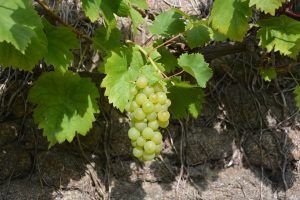 These insects appear very active in the spring, invading the underside of the leaves.
These insects appear very active in the spring, invading the underside of the leaves.
Both larvae and adults act with the same ferocity, although the latter will eat much more plant tissue, causing damage to the nerves of the leaves.
Green midges are assiduous fans of white grape and black grape plants. In the former, yellowish spots remain after the generalized bite on the leaf.And in the black grapes, pinkish spots are painted in the form of a mosaic at the level of the ribs.
Later, a kind of triple coloration occurs, because the upper part of the plant will continue to be green, but the edges will turn a brownish-pink color and between the ribs the mosaic-like spots are reddish, although in the white grape the spots remain. yellowish
When the attack is massive and they become a pest, they will end up killing the plant. First the leaves dry, falling those located at the base of the stems.
It also happens that the margins of the leaves fold down, so this symptom is confused with leaf curling due to lack of nutrients, when in fact it is a consequence of the damage caused by this insect, which by the way is much more harmful in the juvenile stage, since it has the vigor to attack the same leaf many times.
Likewise, they attack cotton and solanaceous plants such as tomatoes, aubergines, potatoes and citrus fruits with the same destructive determination, as well as stone fruit trees such as peaches and apricots, as well as apple trees, plums and blackberries, among others.This parasite has an active presence in Europe, Asia and the northern part of Africa.
How to fight the green mosquito?
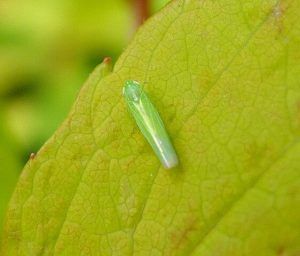 Specialists point out that there are two best times to exterminate this pest: when the nymphs increase and when the adults lay their eggs.
Specialists point out that there are two best times to exterminate this pest: when the nymphs increase and when the adults lay their eggs.
Special pruning is recommended, aimed at preserving the healthy foliar surface, cleaning precisely the areas damaged by the action of the insect, taking care that they do not fall to the ground because they can spread the infestation.
Another very effective ecological practice consists of placing chromatic or chromotropic traps, supported by yellow plastic sheets smeared with glue (with poison for mice) that should be placed at the height of the clusters, in the case of Vine plants..
Trays with a paralyzing liquid that suffocates the insects that fall attracted by the yellow color are also used. Different models are available at trusted garden stores and nurseries at fair prices.
Of course, total control must also be exercised over the undergrowth or weeds, in order to prevent the proliferation of vermin of all kinds, and in any case apply a systemic insecticide capable of interrupting the feeding process of the insect, which is achieved when it tries to suck the sap from the leaf.
What are the best products to eliminate the green mosquito?
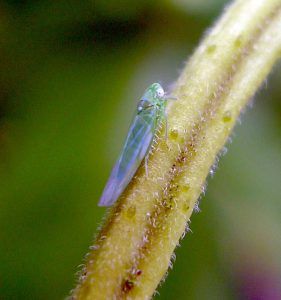 First of all, the ecological methods of containment and elimination of the pest should be considered.
First of all, the ecological methods of containment and elimination of the pest should be considered.
They are highly efficient insect predators of green midges, such as ladybugs, wasps, and lacewings.
Along with this action, it is convenient to spray the underside of the leaves with a soapy solution, in order to neutralize the eggs and thus prevent the multiplication of insects.
The soap solution is prepared as follows:
About 2 tablespoons of a neutral soap + 2 tablespoons of 90º alcohol should be added to a liter of water. Tobacco from macerated butts is added to this solution and it is left to rest before spraying on the leaves.
Another good organic recipe consists of macerating nettles for about 24 hours and then making applications on diseased leaves.Although it will always be better to apply ecological pest control methods, insecticides with the following components are effective: Methyl-azinphos, Methyl-parathion and Metidathion.
And it should be forgotten that all these treatments are effective as long as they are applied several times a year, in a religious way.If the invasion is very large, then a commercial insecticide product with a prolonged effect will have to be applied.
The Mospilan brand (Acetamiprid 20%) from the firm Certis, offers excellent results to combat green midges that have come to cause damage to peach, apricot, cherry and nectarine crops.This insecticide affects the nervous system of the parasite, even causing death.

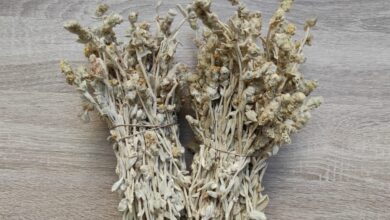

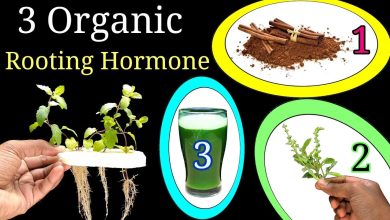
![Photo of Ficus Carica Care: [Earth, Strengthening, Humidity and Pruning]](https://www.complete-gardening.com/wp-content/uploads/2022/08/ficus-carica-care-earth-strengthening-humidity-and-pruning-390x220.jpg)